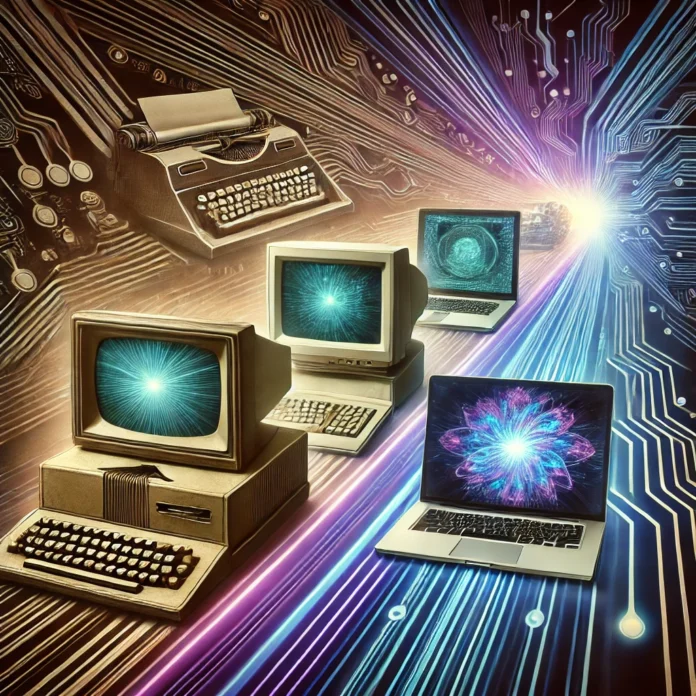The Evolution of Computers: From Past to Future
Computers have come a long way since their early days. From room-sized machines with limited capabilities to powerful devices that fit in our pockets, the evolution of computers has transformed every aspect of our lives. This journey from the past to the future showcases incredible advancements in technology, shaping the way we work, communicate, and innovate.
The Early Days of Computing
1. The Mechanical Era (1800s – Early 1900s)
Before modern computers, mechanical devices were used for calculations. Some of the earliest concepts include:
- Charles Babbage’s Analytical Engine (1837) – Considered the first concept of a general-purpose computer.
- The Punch Card System – Used for data processing in the early 20th century.
2. First Generation Computers (1940s – 1950s)
The first real computers were large, power-hungry machines built with vacuum tubes. Some key developments:
- ENIAC (1946) – The first general-purpose electronic computer, filling an entire room.
- UNIVAC I (1951) – The first commercially produced computer.
The Rise of Modern Computers
3. Second Generation (1950s – 1960s): Transistor Revolution
- Vacuum tubes were replaced by transistors, making computers smaller, faster, and more efficient.
- Businesses started using computers for data processing.
4. Third Generation (1960s – 1970s): Integrated Circuits
- Introduction of integrated circuits (ICs) led to smaller and more affordable computers.
- Mainframe computers became popular in industries.
5. Fourth Generation (1970s – Present): Microprocessors and Personal Computers
- The microprocessor (1971) – A breakthrough that allowed computers to be compact and powerful.
- The rise of personal computers (PCs) – Companies like Apple, IBM, and Microsoft revolutionized computing.
- Internet and Connectivity – The development of the internet in the 1990s connected the world like never before.

The Future of Computing
6. Fifth Generation (Present – Future): Artificial Intelligence and Quantum Computing
- Artificial Intelligence (AI) – Computers are now capable of learning, reasoning, and automating complex tasks.
- Quantum Computing – A futuristic technology that could revolutionize problem-solving by processing data at unimaginable speeds.
- Cloud Computing – Shifting storage and computing power to the cloud, making data accessible from anywhere.
- Wearable and Smart Devices – Computers are now integrated into watches, glasses, and even homes.
Conclusion
The evolution of computers has been nothing short of remarkable. From massive machines to AI-driven smart devices, technology continues to evolve at an incredible pace. As we look to the future, innovations like quantum computing and AI will further shape the digital world, pushing the limits of what computers can do.



